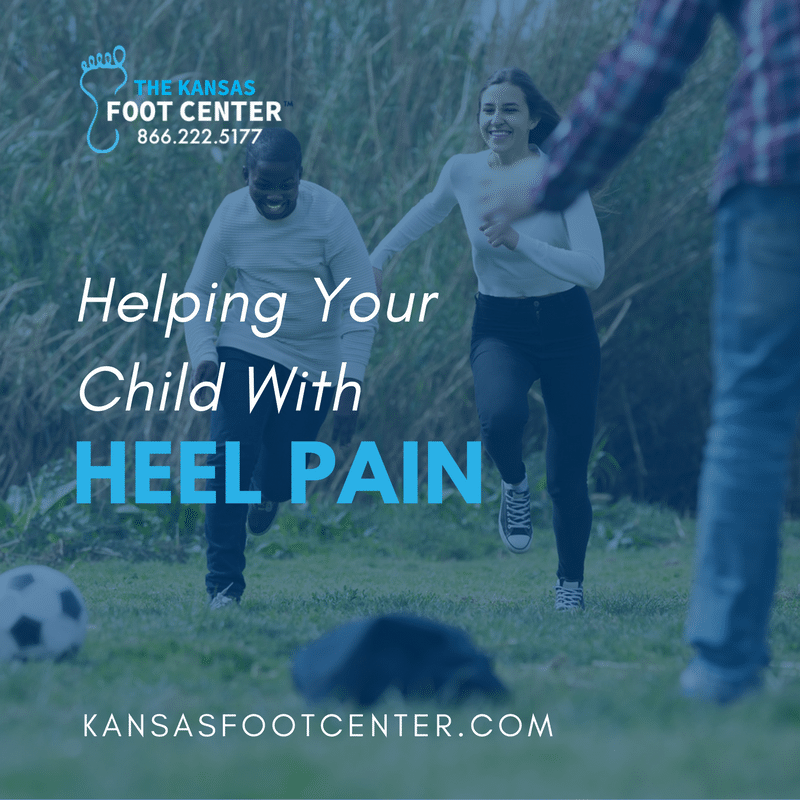Helping Your Adolescent with Heel Pain
Growing children are supposed to be constantly on the go—running, jumping, playing sports, exploring the world around them. They’re not supposed to be sidelined by heel pain! Unfortunately, many of them are, and they may need some help from mom and dad to get back to their active lifestyles.
Heel pain in adolescence is usually caused by a misnamed condition called Sever’s diseases (misnamed because it’s not a disease at all, but a kind of injury). Typically, there are a couple of factors colliding here:
- Unlike adults, kids still have a softer area of bone tissue (called growth plates) exposed at the end of long bones. One of those plates is located along the back of the heel bone.
- The child is going through a rapid growth spurt. Bones can get bigger and longer very quickly, outpacing the growth rate of connecting tissues like muscles and tendons. That makes these soft tissues tighter, and they pull on the tender growth plates.
- Active play, particularly sports participation, causes additional stress and injury to the growth plate.
If your child is having difficulty keeping up the pace or complaining of heel pain, that’s your cue to step in. Sever’s disease can almost always be treated conservatively, unless you and your child keep ignoring it!

If pain doesn’t clear up within a few days or keeps coming back, we urge you to take your child to see Dr. Tom Truong. Don’t be afraid—this doesn’t mean your child needs surgery necessarily or is in grave immediate danger. It just means they need a little extra help to get better. We can offer that help, in the form of heel supports, medications, physical therapy recommendations, and the like. If absolutely necessary, we may need to put the foot in a short cast or walking boot for a few weeks in order to keep the foot and ankle immobile and protected.
Get your little one the help he or she needs by calling the Kansas Foot Center at (866) 22-5177. Most likely, your child will be back to bouncing off the walls in no time!
